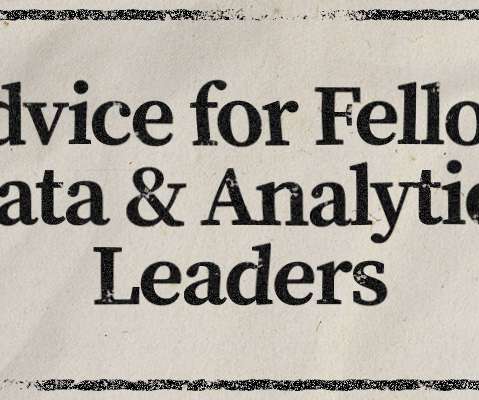Analytics Insights and Careers at the Speed of Data
Rocket-Powered Data Science
MARCH 19, 2021
The vast scope of this digital transformation in dynamic business insights discovery from entities, events, and behaviors is on a scale that is almost incomprehensible. Traditional business analytics approaches (on laptops, in the cloud, or with static datasets) will not keep up with this growing tidal wave of dynamic data.













Let's personalize your content